Activation energies for different reactions are given below
(a) A → products, Ea=14 K.Cal
(b) B → products, Ea=16 K.cal
(c) C → products, Ea=12 K.Cal
(d) D → products, Ea=10 K.cal
If the temperature increases by 100C for which reactions the temperature coefficients are maximum and minimum respectively. Solution in Telugu
a & b
b & c
b & d
d & b
The correct Answer is:C
Step by step video, text & image solution for Activation energies for different reactions are given below (a) A to products, Ea=14 K.Cal (b) B to products, Ea=16 K.cal (c) C to products, Ea=12 K.Cal (d) D to products, Ea=10 K.cal If the temperature increases by 10^(0)C for which reactions the temperature coefficients are maximum and minimum respectively. by Chemistry experts to help you in doubts & scoring excellent marks in Class 12 exams.
Updated on:21/07/2023Topper's Solved these Questions
- CHEMICAL KINETICSBOOK - AAKASH SERIESCHAPTER - CHEMICAL KINETICSEXERCISE - OBJECTIVE EXERCISE - 1 (Collision theory)
14 Videos
- CHEMICAL KINETICSBOOK - AAKASH SERIESCHAPTER - CHEMICAL KINETICSEXERCISE - OBJECTIVE EXERCISE - 1 (Order, molecularity and half life)
43 Videos
- CHEMICAL KINETICSBOOK - AAKASH SERIESCHAPTER - CHEMICAL KINETICSEXERCISE - Subjective Exercise -4 (Numerical Problems)
7 Videos
- CHEMICAL KINETCSBOOK - AAKASH SERIESCHAPTER - CHEMICAL KINETCSEXERCISE - EXERCISE - 3.2
45 Videos
- CHEMICAL THERMODYNAMICSBOOK - AAKASH SERIESCHAPTER - CHEMICAL THERMODYNAMICSEXERCISE - Additional Practice Exercise
54 Videos
Similar Questions
For a reversible reaction, A⇔B, which one of the following statements is wrong from given energy profile diagram ?

View SolutionWhich of the following is correct ?
View SolutionThe initial concentration of [A] = 0.3 mol/lit. The concentration after 2.3 min is 0.15 moles/lit. What is the value of rate constant.
View SolutionDiscuss on the kinetic spontaneity of a chemical reaction. Is a slow reaction spontaneous? Why?
View SolutionWhich among the following is not an exact differential?
View SolutionConsider the following reaction in which compound (A) on reaction with EAA(MeCOCH2COOEt) in the presence of NaOEt/EtOH gives a product which on hydrolysis by different mechanisms.
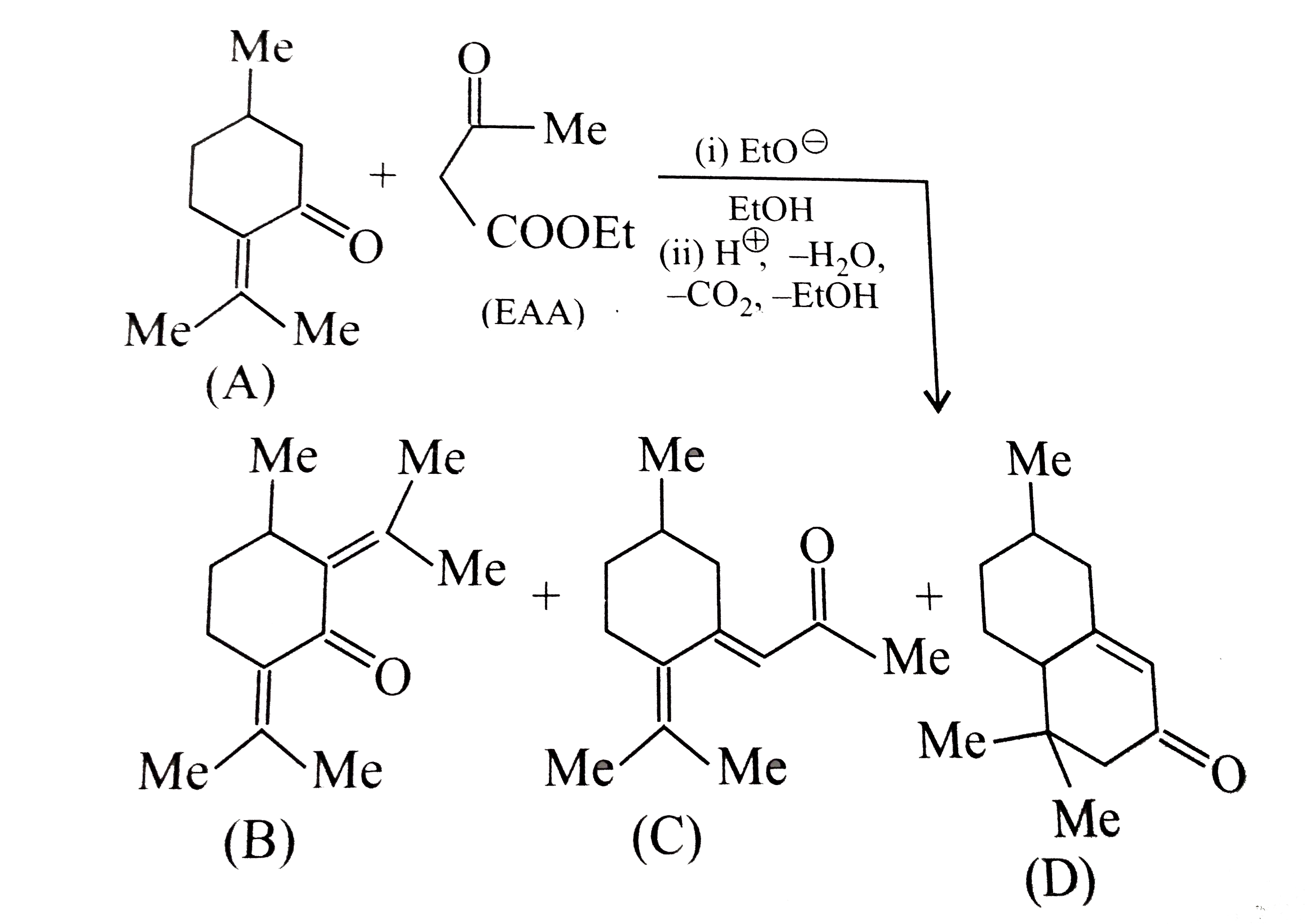
One of the mechanisms in which an aldol addition by the carbanion of (A) takes place on the (C=O) of EA A (acceptor) is given below. Compound fromed by this mechanism is:
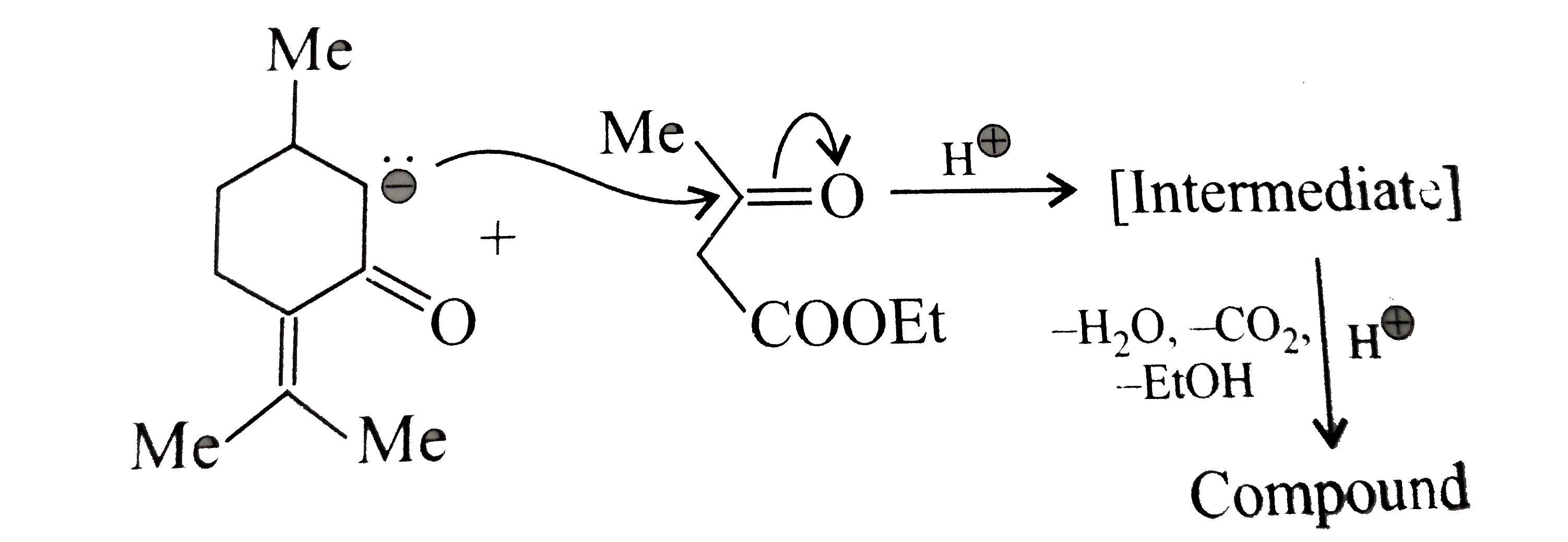
View SolutionFor the reaction: A+B+Q⇔C+D, if the temperature is increased, then concentration of the products will
View SolutionThe bond energies of H-H, X-X and H-X are 104K.cal,38K.cal and 138K.Cal respectively the electron egativity of 'X' is [√67=8.18]
View Solution(a)
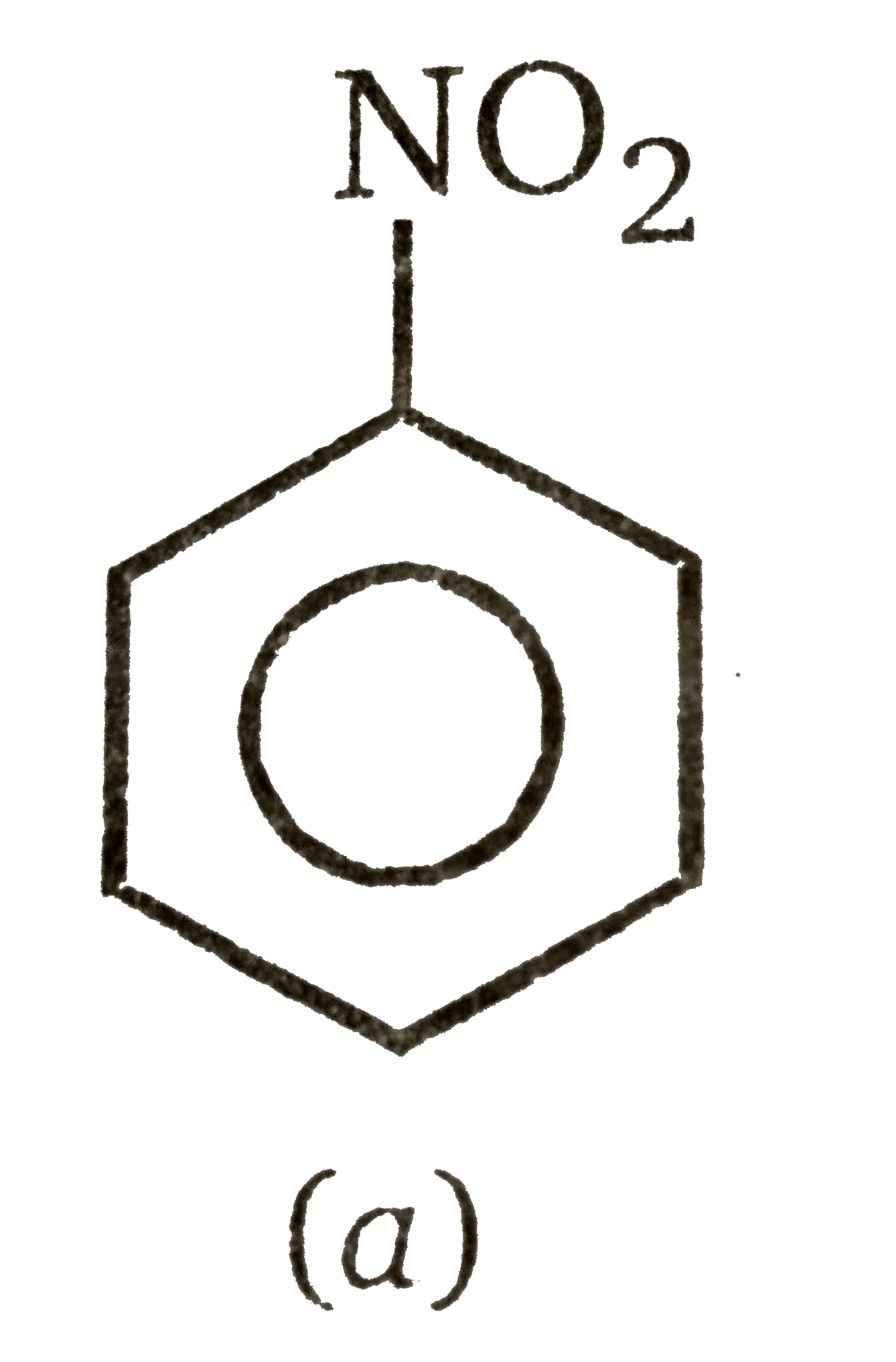
(b)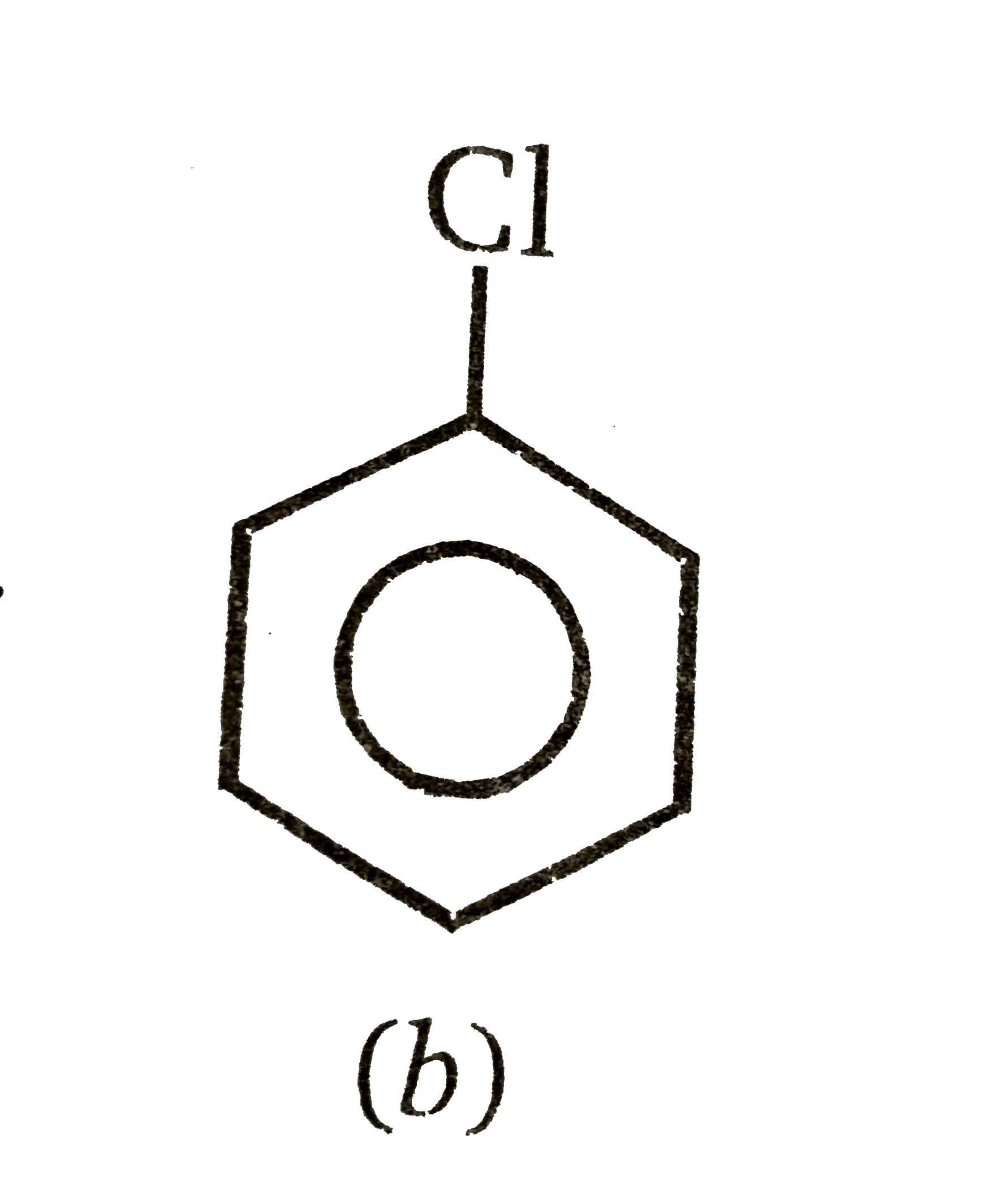
(c)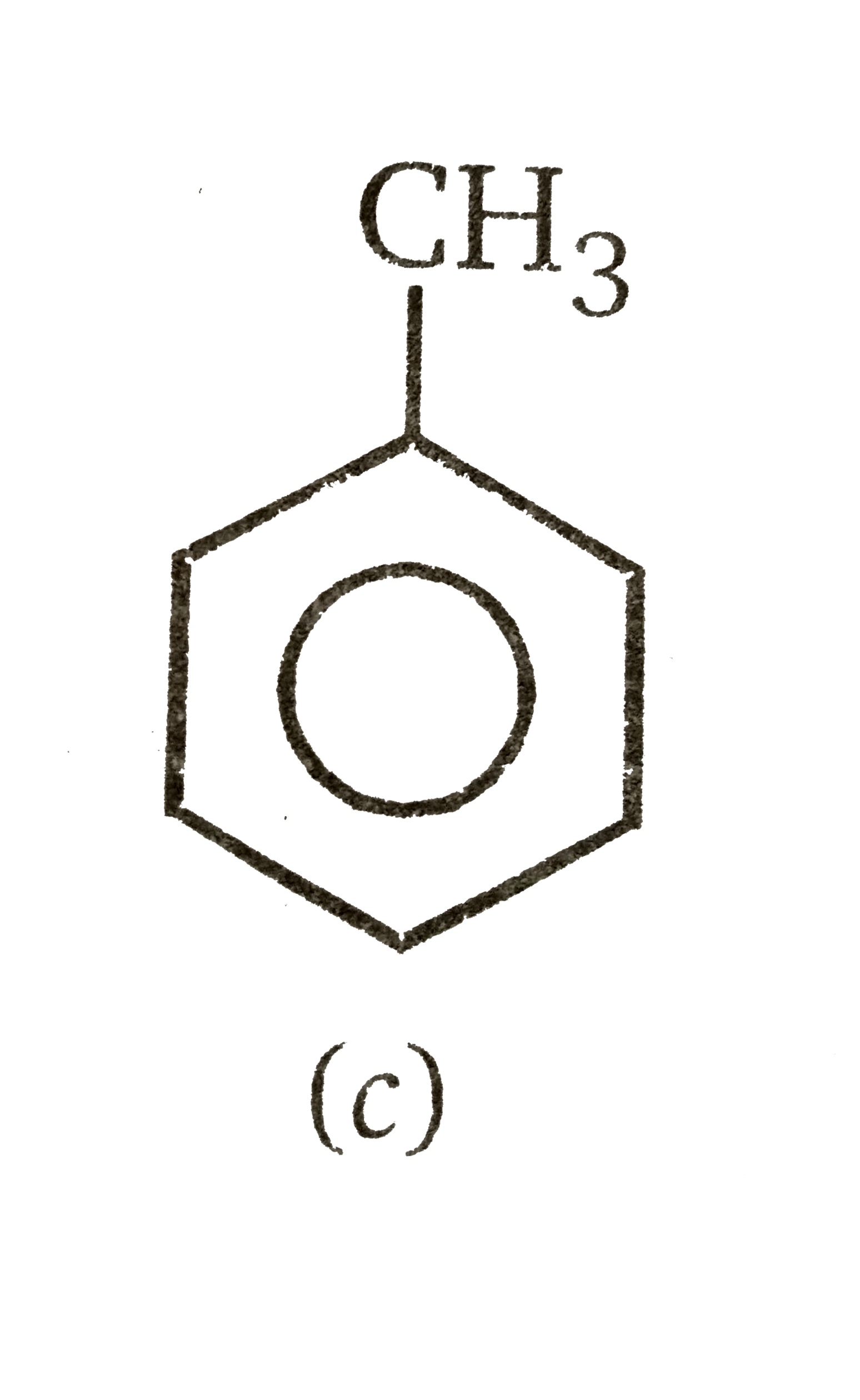
(d)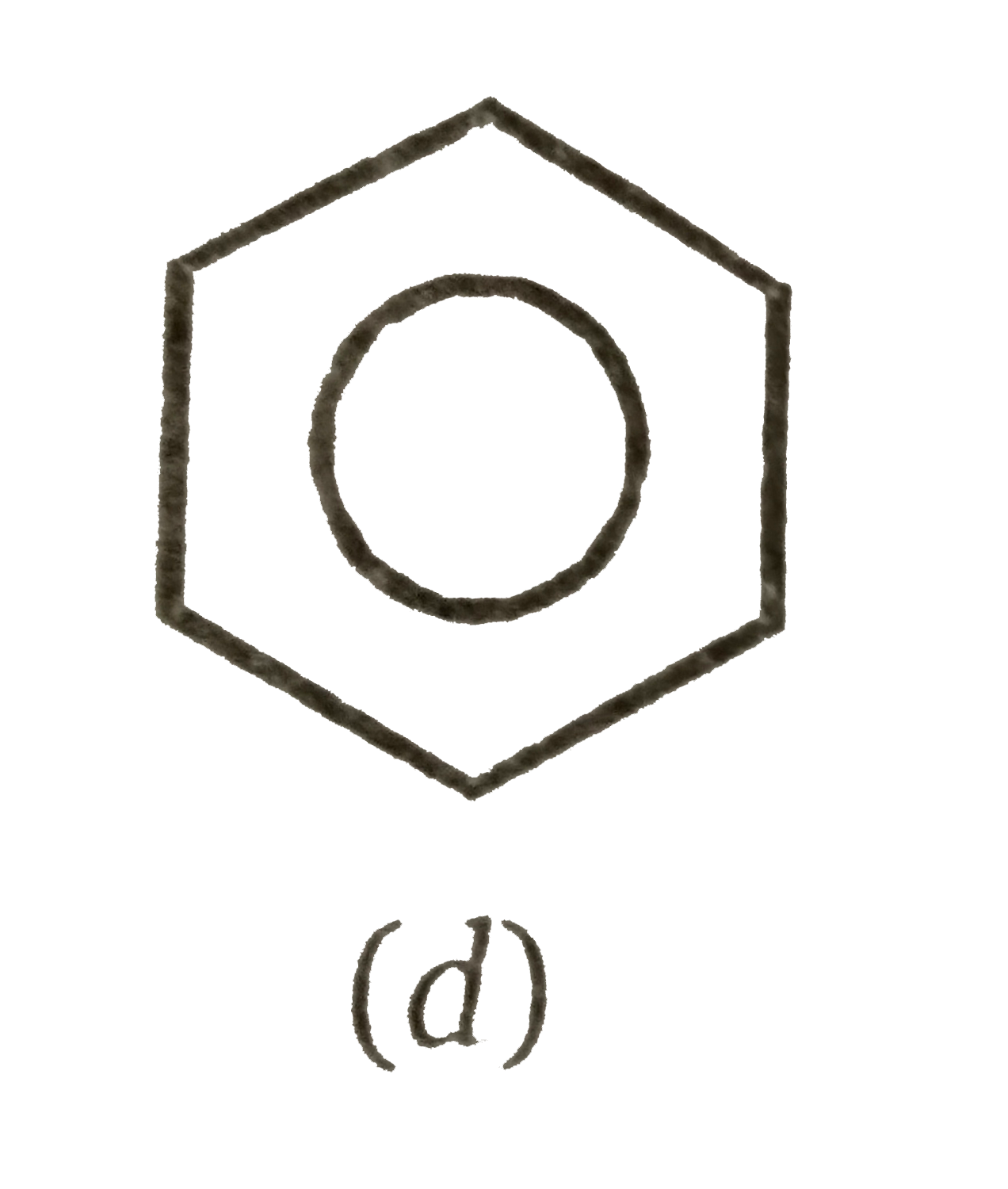
Correct order of rate of EAS (electrophilic aromatic substitution) is:
View SolutionThe activation energies for the two reactions are Ea and Ea^(') with E_(a)gtE_(a)^(') . If the temperature of the reaction system is increased from T_(1) to T_(2) . Predict which alternative is correct. (k^(')) are the rate constants at highest temperature.
View SolutionFor the exothermic reaction, A+B→C+D.ΔH is the heat of reaction and Ea is the activation energy. The activation energy for the formation of A + B will be
View SolutionAssertion : If temperature does not affect the rate of reaction, Ea = 0.
Reason : Lesser the activation energy, slower will be the reaction.
View Solutionएक ग्राम कार्बोहाइड्रेट के जारण से ..... K.cal ऊर्जा प्राप्त होती है।
View SolutionEAS- C Part
View SolutionFor the exothermic reactionA+B⇒C+D.Δ(H) is the heat of reaction and Ea is the activation energy. The activation energy for the formation of A+B will be
View Solution
